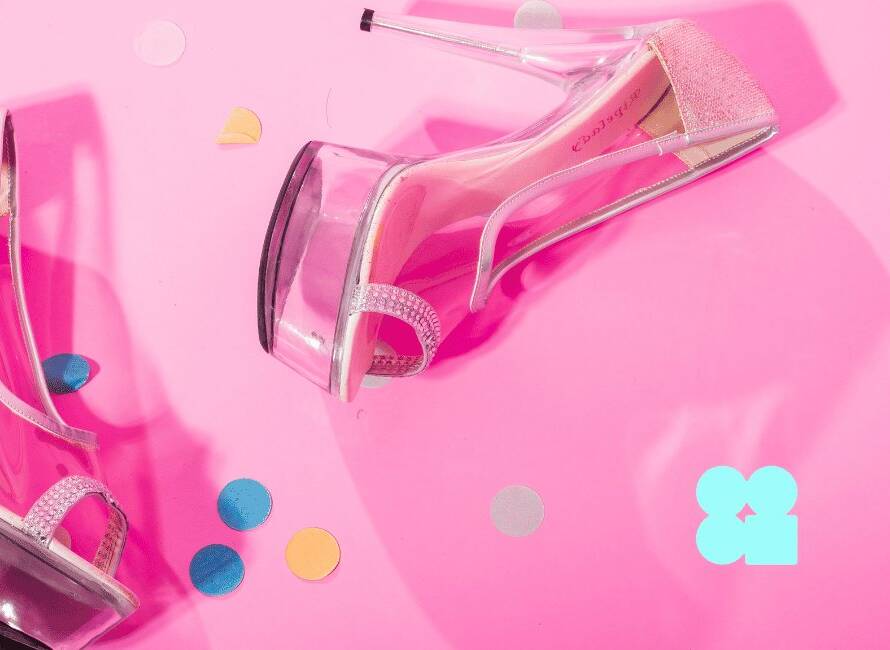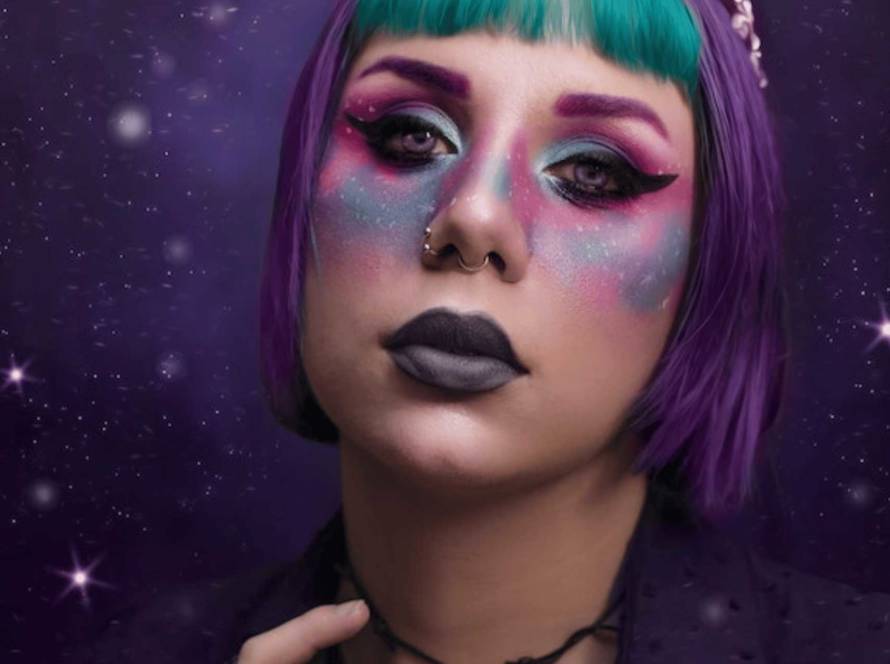Your Influencer Media Kit acts as a professional introduction of you to brands. More than just a list of statistics, it’s a chance to show off your brand identity, and encourage brands to work with you.
Drawing from years of experience in receiving and preparing hundreds of influencer media kits, we’ve put together for you 11 essential inclusions for your influencer media kit.
Need help crafting the perfect cover email for your media kit? We’ve got you covered with that too.
11 Influencer Media Kit Essentials
1. Personal Bio
A brief introduction about yourself and your content niche. It doesn’t have to be too long – just a paragraph or two. Make sure to include your location – city and state is fine.
2. Key Statistics
Include follower counts, average engagement rates, demographics of your audience (age, gender, location), and website/blog traffic if applicable. You’ll be able to source all this information from your platform analytics.
3. Define Your Niche
Whether you’re into Health & Fitness, Parenting, Gaming, Travel, Fashion, or Cooking, specify your primary content niche. This helps brands quickly understand how they can tap into your audience.
4. Highlight Previous Collaborations
Showcase past brand partnerships, campaigns, or sponsored content. Include links to the content as well as the image in your media kit.
5. Include Testimonials
Include feedback from brands you’ve partnered with previously. Brands want to know you’re professional and easy to work with and testimonials can play a big role in brand perception. Further learning on this is covered in How do Brands Choose Influencers and Are you Ready for a Talent Manager?
6. Contact Information
Clearly mention how brands can get in touch. Email address (make sure it’s professional), phone number with area code and a postal address, if you have one that’s not your home address.
7. Update your Influencer Media Kit regularly
Keep the stats in your media kit current. Update at least quarterly or after a significant growth spurt or successful campaign.
8. Ensure Precision and Consistency
Pay close attention to detail. Ensure there are no spelling mistakes, all links work properly, and the entire document carries a consistent and unique tone of voice. Consistency in fonts and layout is essential – remember, presentation matters.
9. Maintain Aesthetic Cohesiveness
Platforms like Canva offer numerous media kit templates which you can customize, but it’s crucial to give it a personal touch to set you apart. 10 Tactics for Success as a Self-Managed Influencer, covers your how to create your influencer brand aesthetic in much more detail. Give that episode a listen if you need guidance on creating your brand aesthetic.
10. Digital Access
Make your media kit easily accessible, either as a link in your bio or on your personal website. Platforms like Canva allow for the creation of simple, free websites – perfect for hosting your media kit.
11. Craft a Compelling Cover Letter
Remember, your media kit is your resume. Your cover letter will be read before your media kit is opened. A short, professional cover letter is essential. Try using wording like this, which you can tweak to your own tone of voice.
Sample Cover Letter:
Hello [Brand Name/Contact’s Name]
Thanks for requesting my media kit!
I’m excited to explore opportunities to work together and you’ll find my media kit attached to this email.
I’ll check in with you again soon but if you have any questions in the meantime, you can phone me on [your phone number] or reply to this email.
Kind regards
[your name]
While it’s essential to embed your creativity and uniqueness into your media kit, remember to balance it with the key information brands require. Striking this balance will help to make sure your media kit will stand out with brands and, hopefully, lead to promising partnerships!

